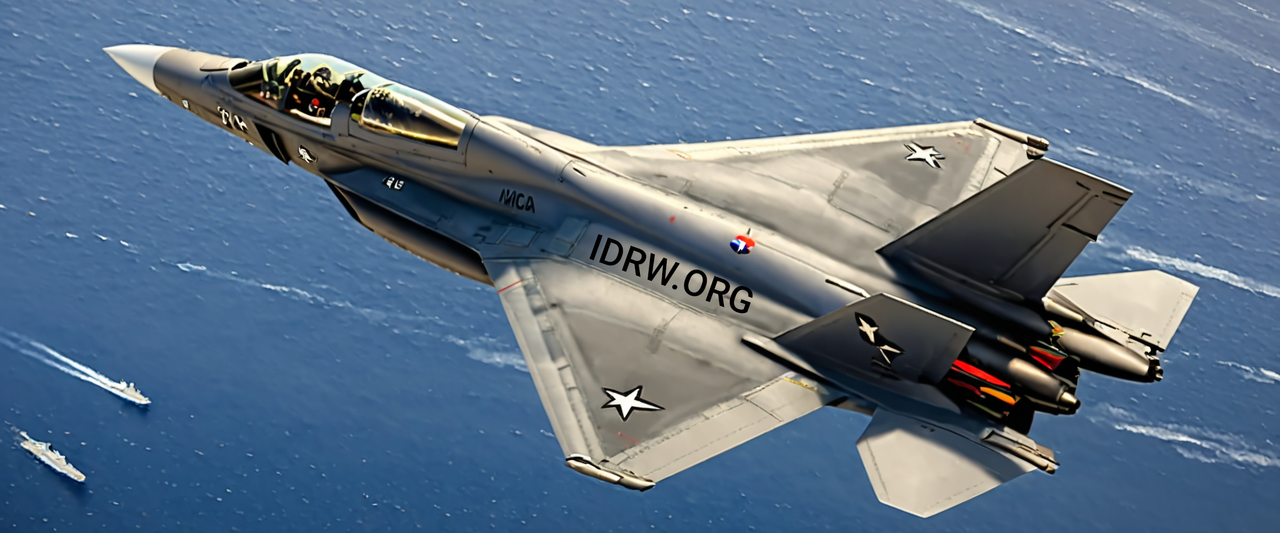SOURCE: AFI

India is reportedly on the brink of joining the exclusive group of nations that possess the capability to manufacture indigenous fighter jet engines, a technological leap that would mark a significant milestone for the country’s defense and aerospace sectors. Currently, only the five permanent members of the United Nations Security Council—China, France, Russia, the United Kingdom, and the United States—have mastered the complex science of fighter jet engine development.
According to a recent report from The Financial Times, India is receiving offers from several global defense players, including France, the UK, and the US, all vying to assist in the development of a cutting-edge jet engine for India’s next-generation fighter jets. However, the US offer, led by General Electric (GE), comes with certain caveats that may affect India’s decision-making.
Sources familiar with the ongoing discussions have indicated that while GE is prepared to collaborate on a co-developed engine, the offer includes withholding a small portion of the intellectual property (IP). This limitation stems from US national security considerations, particularly in light of India’s longstanding defense relationship with Russia. “Some things the US, from a national security perspective, might want to retain,” a source said. The US is reportedly concerned about technology transfer due to India’s ties with Moscow, and this has caused hesitation within the American defense community about fully sharing proprietary technologies.
Despite this, many analysts believe the US offer remains a serious contender. Amit Cowshish, a former senior official in India’s Ministry of Defence, suggests that the US offer might have more weight due to Washington’s global influence and longstanding defense relations with India. “The Americans could possibly be pushing harder with the kind of clout they have, which is much more than that of any other country,” Cowshish remarked, highlighting the strategic partnership between the two nations.
However, other key players are not backing down. Safran, the French aerospace giant, and Rolls-Royce from the UK have each proposed joint ventures that would involve full transfer of intellectual property (IP) rights to India. These proposals are considered particularly attractive as they would grant India complete ownership over the technology, including the ability to export engines co-developed under the partnership.
Ross McInnes, the chairman of Safran, took a more direct approach, addressing India’s Defence Conclave earlier this month. McInnes assured India of Safran’s unwavering support, emphasizing the company’s readiness to provide full IP transfer in contrast to some other western partners. “We have stood by your side through thick and thin,” McInnes said. “The same cannot be said of your other western partners,” in what appeared to be a pointed remark directed at competitors, particularly the US.
Rolls-Royce has also expressed a strong willingness to collaborate with Hindustan Aeronautics Limited (HAL), India’s state-owned aerospace company, to develop a custom engine tailored to India’s specific needs. This engine would likely power the Indian Air Force’s upcoming fifth-generation Advanced Medium Combat Aircraft (AMCA), a flagship program in India’s quest for self-reliance in defense technology.
The competition between the US, France, and the UK to secure India’s partnership underscores the growing importance of India as a global defense market. With its ambitious military modernization plans, India is looking to strengthen its defense manufacturing capabilities through strategic collaborations with established aerospace leaders.
For India, the decision will come down to more than just the immediate benefits of technology transfer. It will involve a careful balancing of long-term strategic partnerships, defense autonomy, and the ability to reduce reliance on foreign imports, all while ensuring that the country retains control over any co-developed technology.
As India navigates these offers, the outcome could dramatically reshape its defense landscape, potentially enabling the country to join the elite club of fighter jet engine manufacturers and further solidify its standing as a rising global power in defense technology.